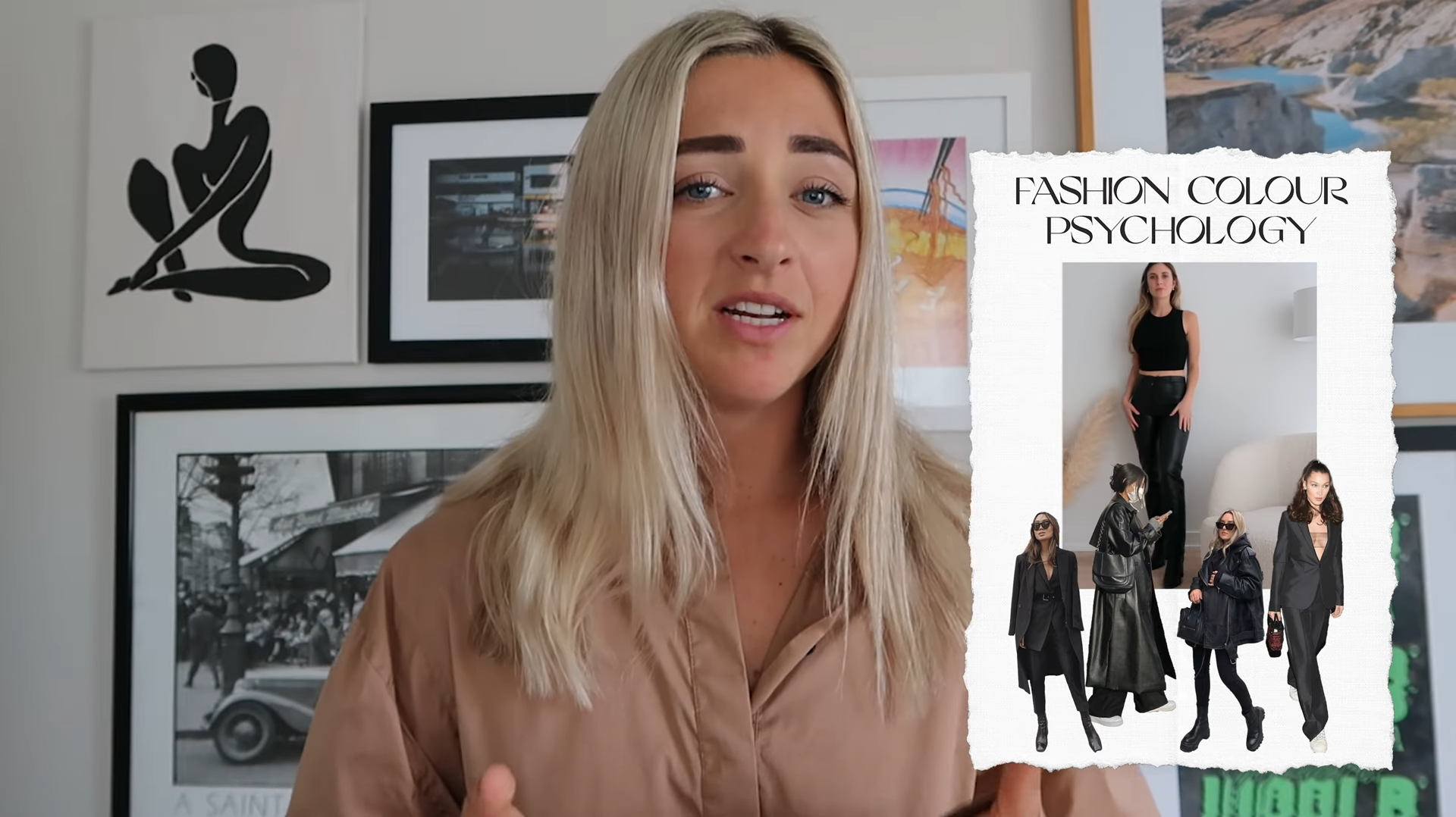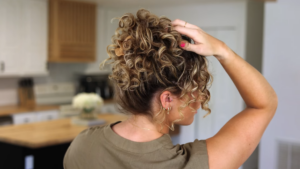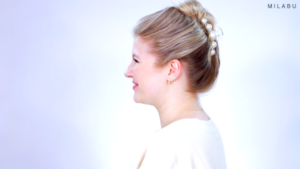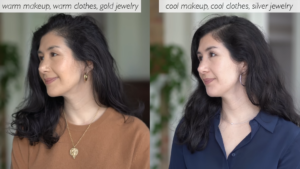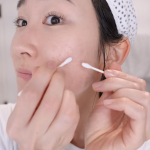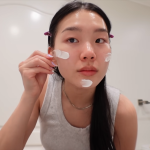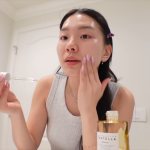The colors we choose to wear can have a profound impact on our emotions and perceptions. Color psychology explores how different hues influence our mood, behavior, and even our interactions with others. In fashion, the colors we select can send subtle signals about how we feel or how we wish to be perceived. Whether opting for bold, vibrant tones or soft, muted shades, the colors in our wardrobe can play a crucial role in shaping our day-to-day experiences.
Fashion is more than just clothing; it’s a form of self-expression. The colors you choose reflect your personality and can even alter your emotional state. For example, wearing red might boost your confidence, while blue could help you feel calm and focused. Understanding the psychological effects of colors can help you make more intentional fashion choices, enhancing your mood and conveying the right message to the world around you.
The Emotional Impact of Color Choices
Color choices in fashion are not just about aesthetics—they carry emotional weight. Each hue has the potential to evoke specific feelings and reactions. For instance, warm colors like red and orange can energize and excite, while cool colors like blue and green tend to soothe and calm. Understanding this emotional impact can help you select outfits that align with how you want to feel on any given day.
The emotional impact of color is deeply rooted in cultural associations and personal experiences. Wearing certain colors can trigger memories or evoke a particular atmosphere. For example, yellow is often associated with happiness and optimism, making it a great choice for uplifting your spirits. On the other hand, darker shades like black or navy might convey seriousness or professionalism, influencing how others perceive you.
- Red for Confidence and Power
Red is a color that symbolizes strength, confidence, and power. Wearing red can make you feel more assertive and self-assured, making it an excellent choice for important meetings or events where you want to make a strong impression. - Blue for Calm and Focus
Blue is known for its calming and soothing effects. Wearing blue can help you feel more focused and relaxed, making it a good option for stressful situations or when you need to concentrate on tasks that require a clear mind.
Using Color to Enhance Your Mood
Fashion is a powerful tool for mood enhancement. By carefully selecting colors that resonate with your desired emotional state, you can influence how you feel throughout the day. Bright colors like pink and yellow can lift your spirits and bring a sense of joy, while earth tones can ground you and provide comfort. Experimenting with different hues in your wardrobe allows you to harness the psychological power of color.
In addition to boosting your mood, color can also impact your energy levels and overall well-being. Wearing vibrant, energetic colors like orange or bright green can invigorate you, giving you a burst of enthusiasm to tackle the day. On the flip side, softer colors like lavender or pastel pink can promote relaxation and reduce anxiety, making them perfect for unwinding after a long day.
- Yellow for Happiness and Positivity
Yellow is often associated with sunshine and joy. Wearing yellow can uplift your mood, making you feel more cheerful and optimistic. It’s an ideal color for days when you need an emotional boost. - Green for Balance and Harmony
Green represents nature and tranquility. Wearing green can help you feel more balanced and in harmony with your surroundings. It’s a color that promotes relaxation and a sense of inner peace.
Harnessing the Power of Color in Your Wardrobe
Understanding color psychology can transform the way you approach fashion. By recognizing how different hues affect your mood, you can make more intentional choices that enhance your well-being and reflect your desired emotional state. Whether you’re dressing for confidence, calm, or joy, the colors in your wardrobe have the power to influence both how you feel and how others perceive you. Embracing this knowledge allows you to use fashion not just as a means of self-expression, but as a tool for personal empowerment and emotional balance.

